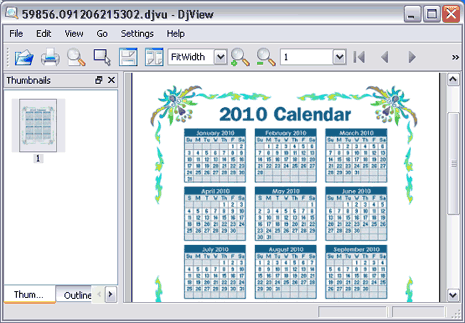

To convert PDF files to PBM, I use the pdfimages utility from the Xpdf suite.Will create rotated PBM files (Warning to mathematicians: the rotation algorithm uses left-handed (clockwise) rotation.) For example cd tifdir/įor file in *.tif do convert -rotate 90 "$file" "$file".pbm done

Then I use the convert program from ImageMagick to convert the file to PBM (and possibly rotate the file in the process). Will create files named articleaaa.tif, articleaab.tif, and so on in the tifdir subdirectory. To convert TIFF files to PBM, I first create a subdirectory called tifdir and split the original TIFF into its individual pages with the tiffsplit program from libtiff:.When I work with the raw scans, I use the PBM file format (that's the format created by my personal scanner).Unfortunately, this option is not available in small libraries with old photocopiers. Plus, library photocopiers are much faster than my personal scanner. Not only are the fees much smaller than for creating hardcopies but this also saves an additional A/D step, leading to higher output quality. Normally, I let the machine send the copies directly to my private e-Mail address as 300dpi or 400dpi TIFF or PDF file. I'm most interested in old mathematics journal articles, and most libraries provide those only for reference, not for borrowing. Often, I do not own the relevant works myself, so I visit a library which has them.This is a quick rundown of how I usually create a Wikisource-ready DjVu scan of an old public domain or otherwise free work.


 0 kommentar(er)
0 kommentar(er)
